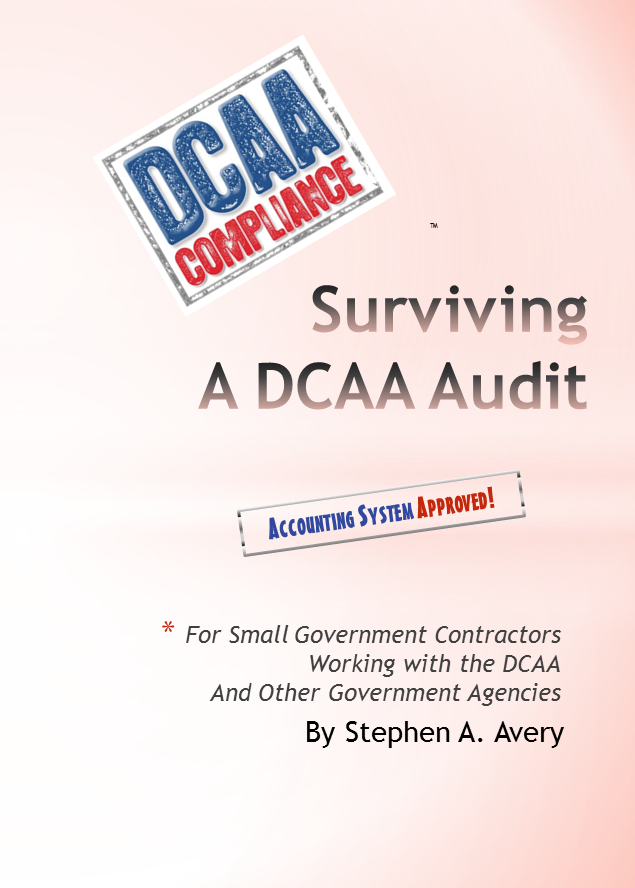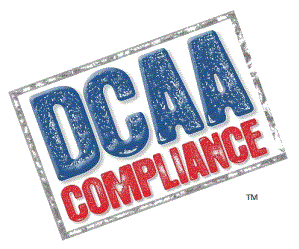In my mind, the DCAA crisis manifests in two prime areas: Leadership and Institutional Knowledge. Too, many of the unsupported untrained auditors highlighted in the 2008+ GAO and DOD OIG reports are (if they were not smart enough to quit) now supervisors. Supervisors we are now dealing with in unique exchanges based on their extended ‘experience’ as DCAA employees.
In one particular DCAA office these exchanges seem to center on the Schedule I. Previously, I swore to leave the Schedule I alone and let DCAA fix it, but recent events demonstrate this is a hopeless fantasy. I mean, contractors and the government began using electronic timesheets decades ago and DCAA still provides their auditors no guidance on evaluating these systems in the CAM. What hope is there for an improved Schedule I?
As a patriot who actually believes in the mission of DCAA, let me help. Let me build a Schedule I of practical value and use. Let me begin a series of articles on the Schedule I focusing on the regulatory basis, the inferred objectives of the Model DCAA Schedule I, the problems with the current model, and the elements of a better Schedule I. Who knows, maybe someone from DCAA will listen and if we do all of the work…….
The Regulatory and Guidance Basis for the Schedule I.
Regulation
Of course, most of us know that the Model Schedule I (DCAA’s fantasy about what a Schedule I from the contractor should look like) came about years before DCAA managed to get a regulatory basis for it.
Additionally, everyone but DCAA understands that DCAA’s attempt to create a regulatory basis for their Model Schedule I failed miserably. The regulators rejected the vast majority of the demanded information DCAA sought in their Schedule I. The regulation reads:
“(I) Schedule of cumulative direct and indirect costs claimed and billed by contract and subcontract” (FAR52.216-7(d) – Allowable Cost and Payment).”
That’s it folks. There is no division of settled and unsettled but claimed costs, no demographic information (last voucher number), and so on. Just a schedule of cumulative direct and indirect costs claimed and billed.
Guidance
The only real guidance DCAA has on the regulatory requirements is the Model Schedule I which exceeds the regulation significantly and DCAA’s adequacy checklist:
“CHECKLIST FOR DETERMINING ADEQUACY OF CONTRACTOR INCURRED COST PROPOSAL”
“29. Is the cost detail in the same level used for billing costs (e.g., by
delivery order)?
- Do FY claimed dollars tie to Schedule H for cost type contracts?
- Do FY claimed dollars tie to Schedule K (not Sch. H) for T&M
contracts?
- Are prior years settled total costs the same as the prior year’s
Cumulative Allowable Cost Worksheet?
- Are contracts identified as physically complete reported on Schedule
O?”
One could argue that all of these, with the possible exception of number 32, exceed the requirements outlined in the regulation. Remember the regulation came after the Model Schedule I and could be argued as refutation of the Model for going too far.
The Model Schedule I goes even farther as it attempts (poorly) to collect additional demographic and accounting data. This effort is inflicted on us without a basic understanding of a couple of the critical concepts of accounting: the entity principle or “Just whose costs are we talking about?”; the periodicity principle or “what is I do not bill for all of the costs on the last day of the year?”
I will explore this and both DCAA’s apparent Model Schedule I objectives and better objectives arising out of this analysis.


Not sure where this is going. Where will you “explore this and both DCAA’s apparent Model Schedule I objectives and better objectives arising out of this analysis”?
Wanted to break it down into a couple of pieces. Make it easier for some minds to follow…. Not yours obviously.